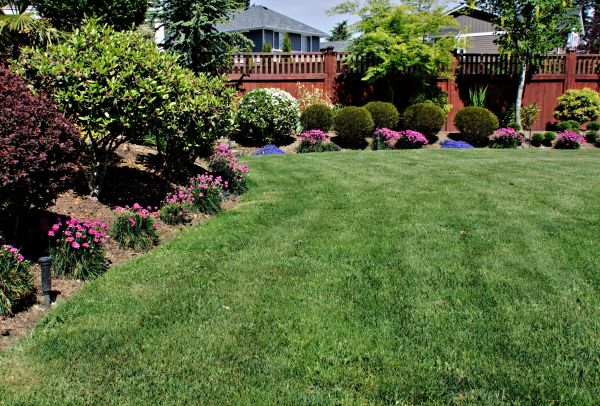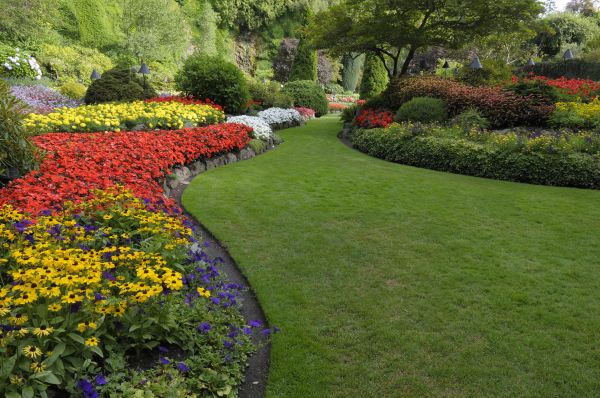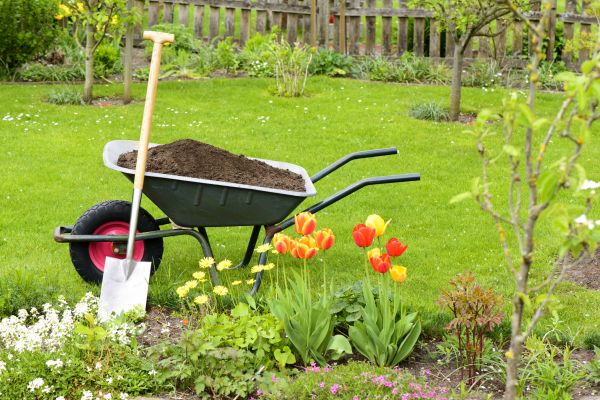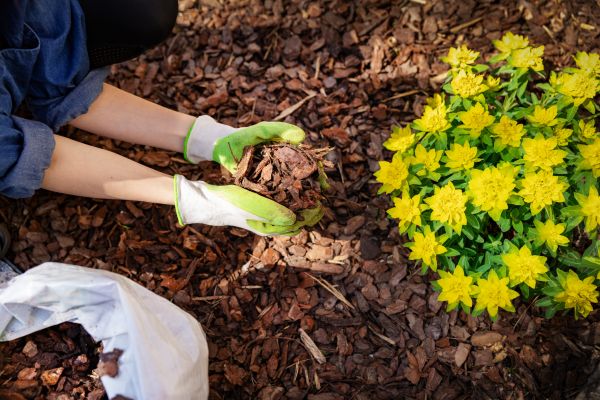Spring Mulching Service
Affordable Spring Mulching
Spring mulching is an essential gardening practice that involves applying a layer of organic or inorganic material to the soil surface around plants. This process is crucial for maintaining healthy gardens and landscapes as it provides numerous benefits that support plant growth and soil health. As the temperatures rise and plants emerge from their winter dormancy, mulching helps to prepare the garden for a successful growing season. It not only enhances the aesthetic appeal of your garden but also plays a vital role in conserving moisture, suppressing weeds, and improving soil structure.
Benefits of Spring Mulching
-
Moisture Retention
Mulching helps to retain soil moisture by reducing evaporation. During the warmer months, this is particularly important as it ensures that plants receive a consistent supply of water, reducing the frequency of watering and promoting healthier root systems. -
Weed Suppression
A layer of mulch acts as a barrier to weeds, blocking sunlight and preventing weed seeds from germinating. This reduces competition for nutrients and water, allowing your plants to thrive without interference from unwanted growth. -
Temperature Regulation
Mulch helps to moderate soil temperatures by insulating the ground. This protection is beneficial in spring when temperature fluctuations can stress plants. By maintaining a more consistent temperature, mulch supports optimal plant growth and development. -
Soil Health Improvement
Organic mulches, such as shredded leaves or bark, decompose over time, adding valuable nutrients to the soil. This process enhances soil fertility and encourages beneficial microbial activity, which is vital for plant health. -
Erosion Control
By covering the soil, mulch reduces the impact of rain and wind, preventing soil erosion. This is particularly important in sloped areas where soil can easily wash away, leading to nutrient loss and plant instability.
FAQs About Spring Mulching
What types of mulch can be used in spring?
Various types of mulch can be used, including organic options like wood chips, straw, and compost, as well as inorganic options like stones or landscape fabric. The choice depends on your garden's needs and aesthetic preferences.
How thick should the mulch layer be?
A mulch layer of 2 to 4 inches is generally recommended. This thickness is sufficient to suppress weeds and retain moisture without suffocating plant roots or preventing water penetration.
When is the best time to apply spring mulch?
The ideal time to apply spring mulch is after the soil has warmed up but before weeds start to emerge. This timing ensures maximum effectiveness in weed suppression and moisture retention.
Can mulch be applied around all plants?
While most plants benefit from mulching, care should be taken to avoid piling mulch directly against tree trunks or plant stems, as this can lead to rot and pest issues.
Ready to enhance your garden's health and appearance? Fill out the contact form to request professional Spring Mulching today. Enjoy the benefits of moisture retention, weed suppression, and improved soil health with expert care.




